Brief: This article explores some of the most popular and widely used operating systems in the world.
If you have ever used a PC, Macbook smartphone, tablet or any smart device (which is likely the case since you are reading this tutorial) chances are you have interacted with an operating system.
An operating system is a program that handles all the aspects of a device such as a PC or a smartphone including managing all the software and hardware functions. It handles key aspects such as booting, device management, memory management, process management, loading and executing of programs, and many more.
Microsoft Windows
Developed and maintained by Microsoft, Windows is the most widely used desktop operating system globally, accounting for nearly 72% market share for desktop and laptop computers.
Since the early 90s, Windows has dominated the desktop market and continues to become a formidable force in the personal computing market. It focuses on user-friendliness, practicability, and versatility.
According to statcounter.com, as of October 2022, Windows 10 is the most popular desktop operating system, taking the lion’s share with 71.29% market share, followed by Windows 11 with 15.44%.
Windows provides an intuitive and user-friendly graphical desktop that is easy to use and navigate. It provides visually appealing graphical components such as buttons, icons, menus, and taskbars that enable users to seamlessly execute tasks and find their way from one point to another without much difficulty.
Windows is an extremely versatile Operating system and lets you run virtually any desktop-oriented task: word processing, browsing, gaming, software development, video, and photo editing, graphic design, and so on. With such wide support for various desktop-oriented tasks, it’s the primary choice for both regular users and professionals.
Moreover, Microsoft Windows also boasts the widest software selection for its platform compared to any operating system. The good side to this is that users can install almost any software without worrying much about compatibility issues. And since it enjoys a wide user base, chances are developers will always create software for the Windows platform.

macOS (Mac Operating System)
Developed and maintained by Apple, macOS is the operating system that powers Apple MacBooks and iMacs. Apple’s macOS blends aesthetics, usability, performance, and security to provide a fast, reliable, and rock-solid system.
The statcounter.com site places it second to Windows with a 15.74% market share. There are several reasons why macOS has remained formidable as a desktop operating system.
It offers rich display resolutions of 2056 X 1329 and higher and a sleek, beautiful UI with beautiful icons, desktop backgrounds, and panels to provide an awe-inspiring and immersive user experience.
macOS offers rock-solid security for its users. The average MacBook users are less likely to suffer security threats since there are fewer malicious programs targeting macOS. In addition, all applications are sandboxed making it difficult for any harmful program to creep into the filesystem.
It also has a built-in firewall that safeguards users from nefarious inbound traffic and comes with the iCloud feature that helps track your MacBook in case it goes missing. This feature allows you to remotely lock your device with a password and even provides you with the power to wipe your hard drive clean in order to protect your personal data.
Generally, macOS is faster and more reliable than Windows. It also has new innovations incorporated into the overall design which makes it have better overall performance and reliability than Windows.
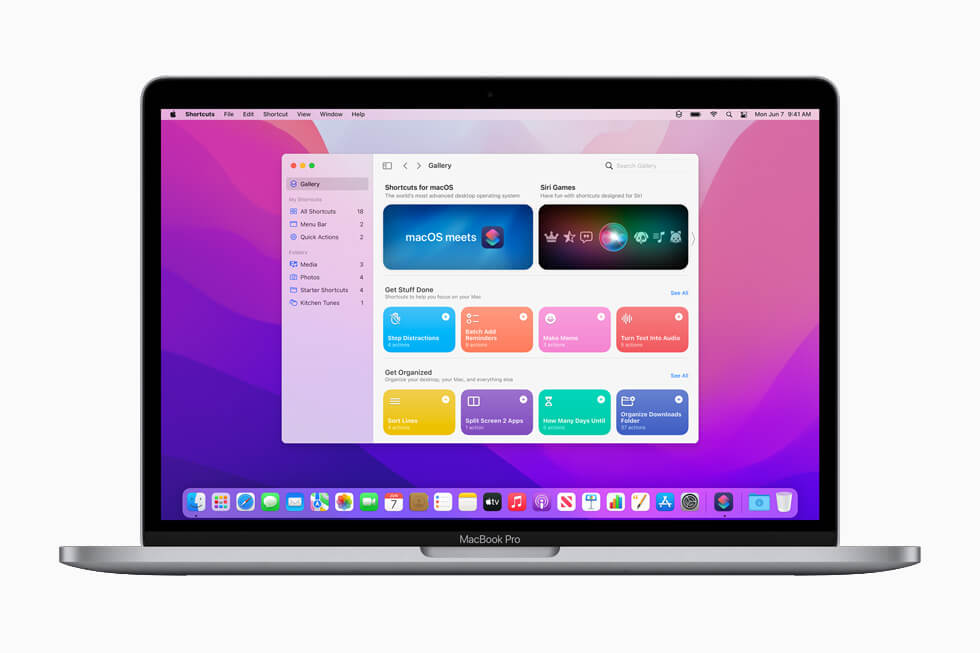
Linux
Derived from UNIX, Linux is a free and open-source operating system that is mostly used by IT professionals such as System administrators, Network and software engineers. It is a dominant operating system in data centers and on cloud offerings and is mostly used in hosting high-traffic, and critical applications, websites, and popular Tech stacks.
According to Statista, about 47% of developers prefer Linux as their development environment. According to ZDNet, 93.6% of the top 1 million web servers are running Linux, with a majority hosting the world’s top websites.
Linux has also made a huge foray into the desktop OS market coming third after Windows and macOS with a 2.67% market share. Popular Linux desktop distributions include Ubuntu, Debian, MX Linux, Linux Mint, Fedora, Manjaro Linux, Elementary OS, and Zorin to mention a few.
Its huge popularity across both professional and desktop circles stems from the fact that it is free and open source (apart from enterprise versions such as RHEL and SUSE Linux).
It’s also stable and for the most part, considered secure since it’s not impacted by malware compared to Windows. What’s more, is that most Linux distributions enjoy a large community of online support forums that provide solutions to commonly encountered technical issues.
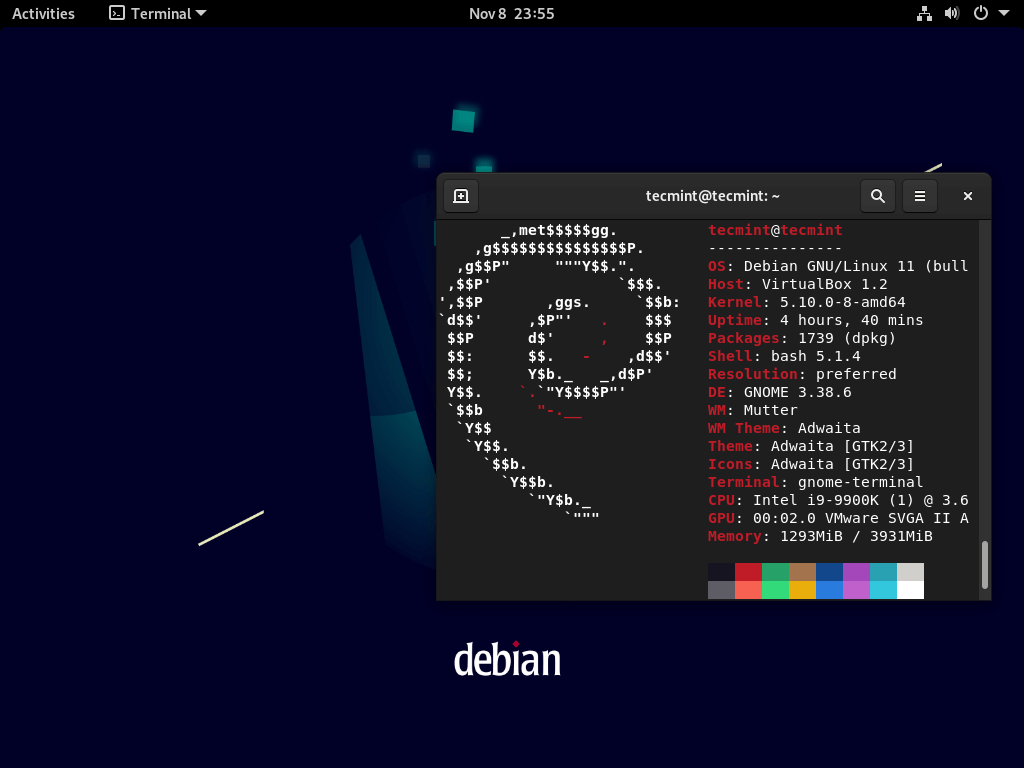
ChromeOS
Developed and maintained by Google, ChromeOS is a simple, intuitive, and secure operating system that was initially intended to be used in netbooks, and tablets.
ChromeOS is an open-source operating based on Linux operating system which, itself, is a free and open-source operating system based on the Linux kernel. It was initially reserved for Chromebooks, ChromeBoxes, and Chromebases.
ChromeOS takes a 2.38% market share of desktop operating systems according to statcounter.com. This places it a distant 4th in the desktop operating system market share.
ChromeOS comes with built-in security with secure support for multiple users and built-in anti-virus support. Just like macOS, it runs applications in a sandboxed environment. This ensures that the filesystem remains safe even when one application is infected with malware.
ChromeOS is fast and stable. Chromebooks with a core–i3 CPU are considerably fast compared to laptops running Windows. They are also considered light, compact, and easily portable.
ChromeOS Flex is the latest version of ChromeOS. It’s easy to install and can be installed on almost any device; PCs and even MACs.
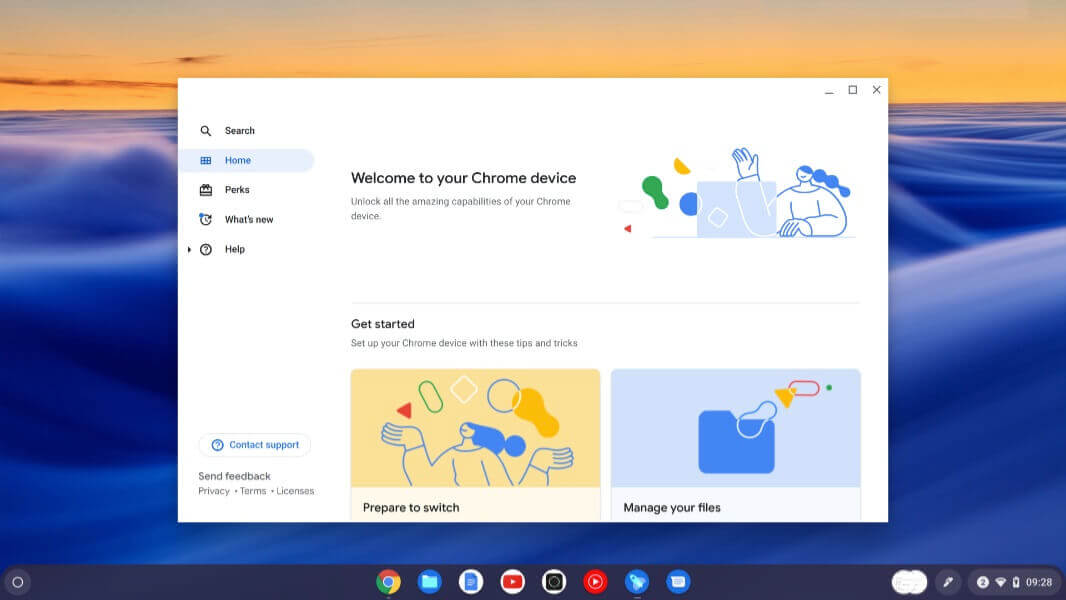
Android
Developed by Google, Android is the leading mobile operating system in the world and commands a solid 70.96% market share followed by iOS with 28.43% according to statcounter.com.
Android is based on the Linux Kernel and powers smart devices such as smartphones, smart TVs, smartwatches, smart displays, and virtually any touchscreen device. Popular smartphones running Android include Huawei, Oppo, OnePlus, Samsung Galaxy family, Tecno, and Google Pixel to mention a few.
Just Like Linux, Android is an open-source platform that allows developers to continually contribute to their code. It provides Google Play App Store from where users can install their favorite Apps.
Android also provides a visually appealing and highly customizable UI that lets you play around with various components and make changes to the theme, and icons, and change the layout and appearance of widgets.
In addition, it supports cloud backup storage using the user’s Gmail account. You can back up your phone and restore it from Google Drive. Android also supports extendable memory with a memory card. The same cannot be said of iOS.
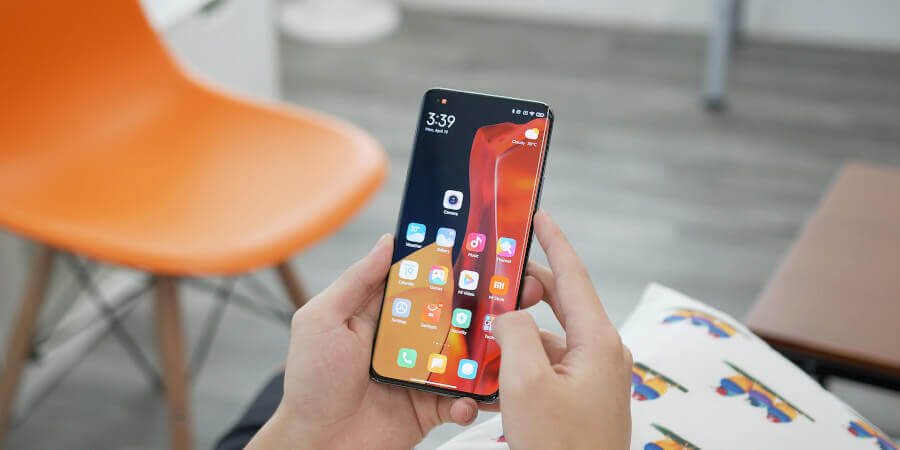
iOS
iOS is a mobile operating system that was developed by Apple Inc exclusively for Apple hardware. It powers Apple’s mobile gadgets including iPhone, iPad, iPod touch, and other mobile devices.
According to statcounter.com, iOS is the second most popular mobile operating system after Android with a 28.43% market share.
iOS is derived from UNIX and was first released in 2007 with the release of the first iPhone in the market on June 29, 2007.
Its popularity is largely attributed to its sleek design, versatility, long-lasting power supply, and other standard features. It is estimated that close to 2.2 billion iPhones have been sold as of 2022.
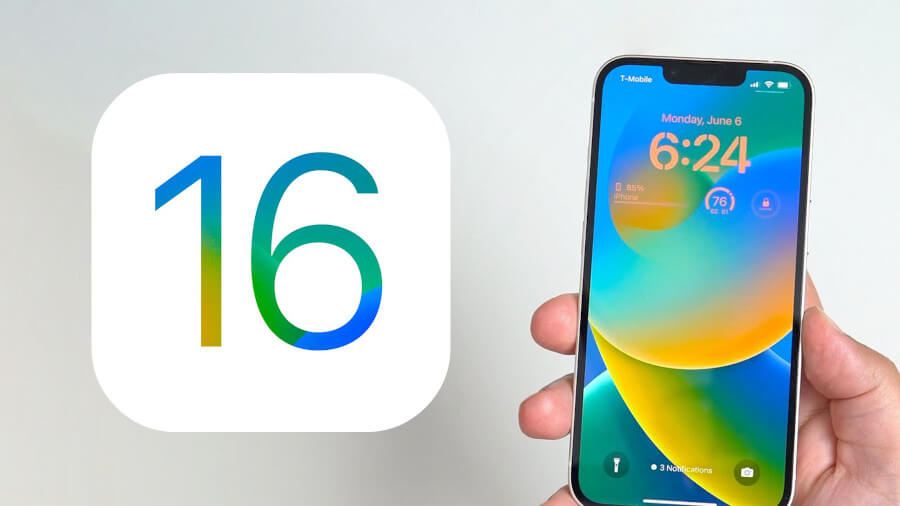
Conclusion
That was a roundup of some of the most popular and widely used operating systems, both for desktop and mobile devices. We also acknowledge other lesser-used mobile operating systems such as KaiOS which is a Linux mobile operating system, Tizen for Samsung smart TVs, and WebOS for LG Smart TVs.

Popular does not mean the best. People are just reluctant to change. Usually, the OS that got their first is where they stay. Also, Apple may be good, but the price keeps many from using Apple.
Like to point out that Linux is also used on most SBC/Embedded computers, Raspberry PI, Beagle Bones, etc.
As for my household, Linux is used everywhere – Desktops, servers, laptops, and SBCs. We left Windows for good years go when M$ was on Win 7. Linux does everything we need a computer to do with the greatest of ease.
Linux also allows ‘choices’ on which Desktop Environment suits your workflow (KDE, Gnome, Cinnamon, LXDE, Mate, etc. … unlike Windows or Apple. Also using Linux stopped all the pocketbook bleeding for desktop software another perk.